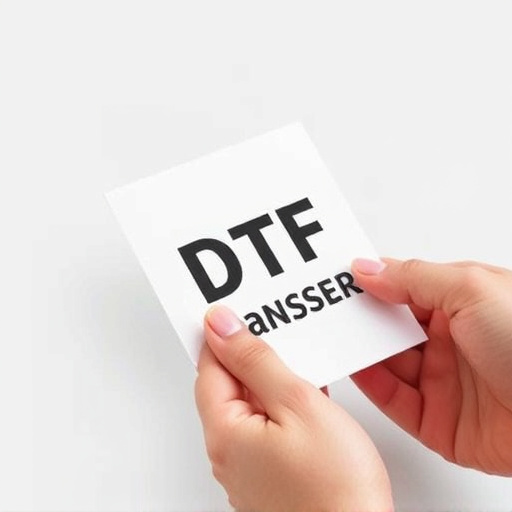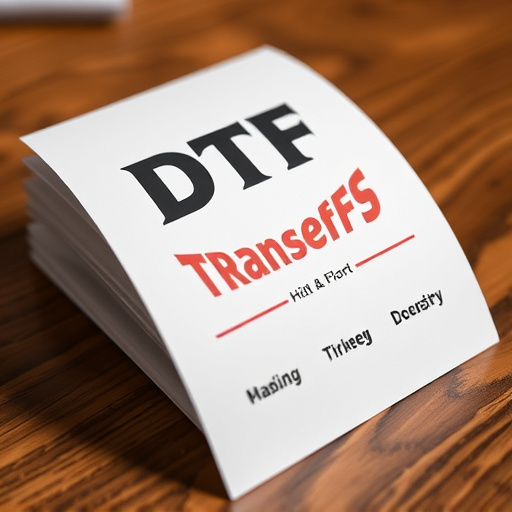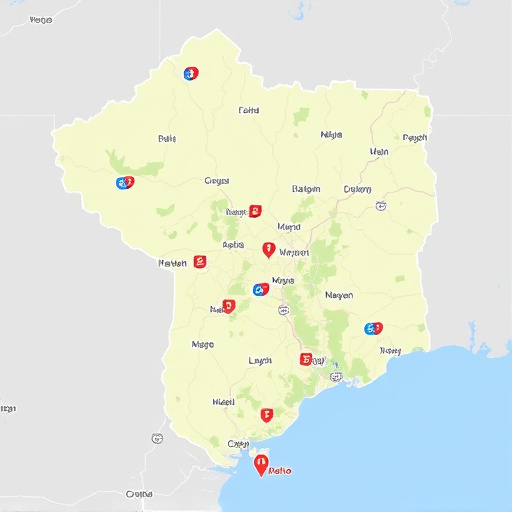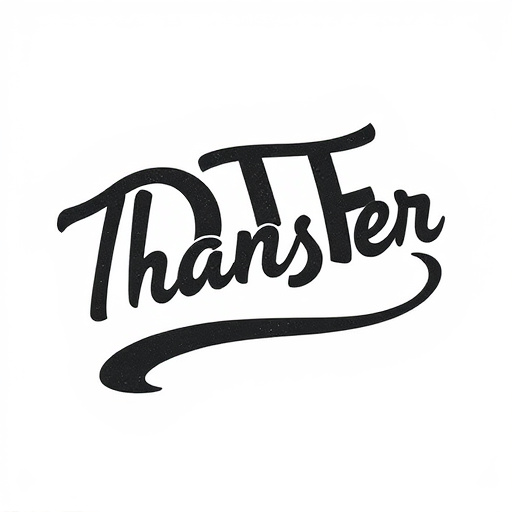Direct-to-film (DTF) transfer printing offers faster, higher-quality prints by directly applying ink to substrates. Removing the temporary carrier film post-transfer is crucial for achieving crisp DTF prints without residue. Techniques include physical methods with tools or fingers, solvent-based chemical solutions, and water-based alternatives. A clean workspace, specialized tools, proper timing, high-quality carrier films, storage, heat setting, protective coatings, and laminating extend print longevity for indoor/outdoor use.
Uncovering the secrets to seamless DTF (Direct-to-Film) transfer applications involves a crucial step: removing the carrier film. This guide explores effective techniques for tackling common challenges in this process. From physical methods to chemical solutions, we provide best practices and advanced tips to ensure flawless results. Discover how to optimize your DTF printing workflow, enhance print longevity, and maintain the vibrancy of your DTF prints.
- Understanding DTF Transfer and Carrier Film
- Common Challenges in Removing Carrier Film
- Physical Techniques for Efficient Removal
- Chemical Approaches to Simplify the Process
- Best Practices for Achieving Flawless Results
- Advanced Tips: Enhancing Long-Term DTF Print Lifespan
Understanding DTF Transfer and Carrier Film

Direct-to-film (DTF) transfer is a printing technique that directly applies ink to a substrate’s surface, eliminating the need for a separate carrier film. This method has revolutionized DTF printing, enabling faster production times and higher quality DTF prints. However, one challenge unique to DTF is the presence of a carrier film used during the transfer process.
The carrier film acts as a temporary support structure, facilitating the precise alignment and transfer of an image or design onto a final substrate like fabric, wood, or metal. After successful transfer, the carrier film must be carefully removed, leaving behind only the desired DTF prints. This removal process is crucial for achieving crisp, clear prints without any residual film residue.
Common Challenges in Removing Carrier Film

Removing carrier film after a DTF (Direct to Film) transfer application can be challenging for several reasons. One of the primary difficulties lies in achieving complete removal without damaging the delicate DTF prints or the underlying surface. The film often adheres strongly due to the chemical properties of the adhesive, making it tough to peel away cleanly. This is especially true for larger or more intricate DTF transfers, where even the slightest misstep can result in tearing or lifting of the print.
Another common challenge is the presence of residual adhesive left behind on the surface after removal. This can cause issues during subsequent printing or finishing processes, leading to unwanted markings or adhesion problems with future DTF films. To overcome these challenges, technicians often employ various methods, including specialized solvents, heat application, and mechanical tools, aiming for a clean and precise extraction process that preserves the quality of the DTF prints.
Physical Techniques for Efficient Removal

After a successful DTF transfer or printing process, physically removing the carrier film is a crucial step to ensure optimal results with your DTF prints. Physical techniques offer an effective and efficient method for this task, leaving behind crisp, clean DTF prints ready for further processing or finishing. One common approach involves using specialized tools like spatulas or scrapers designed for this purpose. These tools allow for precise control when lifting the film, minimizing damage to the print surface.
For a more hands-on and gentle removal process, some professionals prefer using their fingers. This method requires careful manipulation to avoid smudging or distorting the print. The key is to gently peel back one corner of the carrier film, allowing air to enter between the print and the film. Once a small gap is created, it becomes easier to slowly lift and remove the film, leaving behind a pristine DTF transfer.
Chemical Approaches to Simplify the Process

Removing carrier film after a DTF (Direct to Film) transfer application can be a tedious task, but chemical approaches offer streamlined solutions. These methods often involve specialized solvents or cleaning agents designed to effectively dissolve and strip away the film without damaging the underlying substrate or print. Chemical cleaners are particularly beneficial for complex DTF prints, ensuring that every detail is preserved while effortlessly lifting the carrier film.
For instance, some professionals use solvent-based techniques where specific chemicals are applied to loosen the adhesion of the carrier film. This approach is popular in DTF printing due to its ability to remove even stubborn films without leaving residue. Alternatively, water-based cleaning solutions are gaining traction for their gentler nature and ease of use, making post-transfer cleanup more accessible for a wide range of applications, including DTF transfers and prints.
Best Practices for Achieving Flawless Results

Achieving flawless results with DTF (Direct to Film) transfers requires a meticulous approach. First, always ensure your workspace is clean and free from dust or debris that could compromise the integrity of the transfer. Using precise tools like squeegees and spatulas, gently lift one edge of the carrier film to avoid damaging the printed surface. This careful manipulation allows for a controlled peeling process, ensuring no residue remains on the DTF print.
Additionally, the timing is crucial. Allow adequate drying time after application; this prevents smudging or peeling during removal. For optimal results, follow manufacturer guidelines on drying periods and consider using heat-resistant tape to secure the film temporarily, making the lifting process easier without causing damage.
Advanced Tips: Enhancing Long-Term DTF Print Lifespan

To extend the lifespan of your DTF (Direct-to-Film) transfers and prints, consider implementing a few advanced techniques. One key practice is to use high-quality carrier films designed specifically for DTF applications. These specialized films offer better compatibility with various inks and substrates, minimizing the risk of ink fading or film delamination over time. Additionally, proper storage conditions are vital; keep your DTF prints and films in a cool, dry place, away from direct sunlight and excessive moisture.
Another tip involves post-processing techniques like heat setting or curing after application. This step helps to solidify the ink, enhancing its adhesion to the substrate and preventing smudging or flaking. Furthermore, for long-term storage, consider applying a protective coating or laminating your DTF prints to shield them from environmental contaminants and extend their durability. These advanced practices will ensure that your DTF transfers maintain vibrant colors and sharp details for extended periods, making them ideal for both indoor and outdoor applications.














